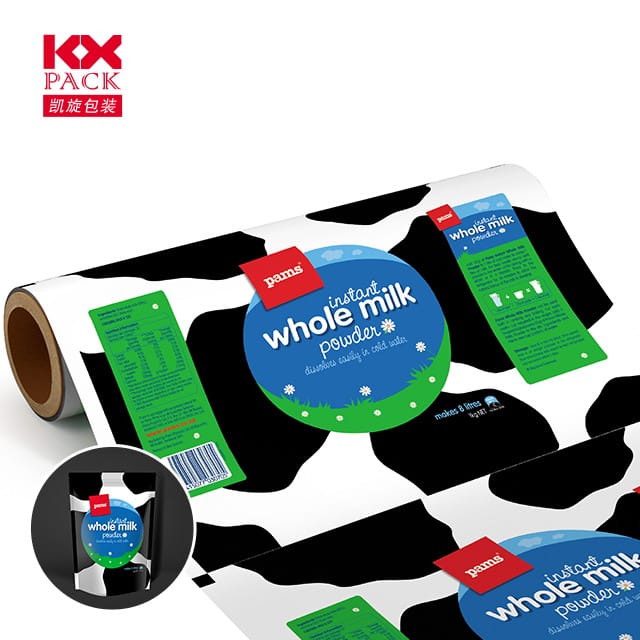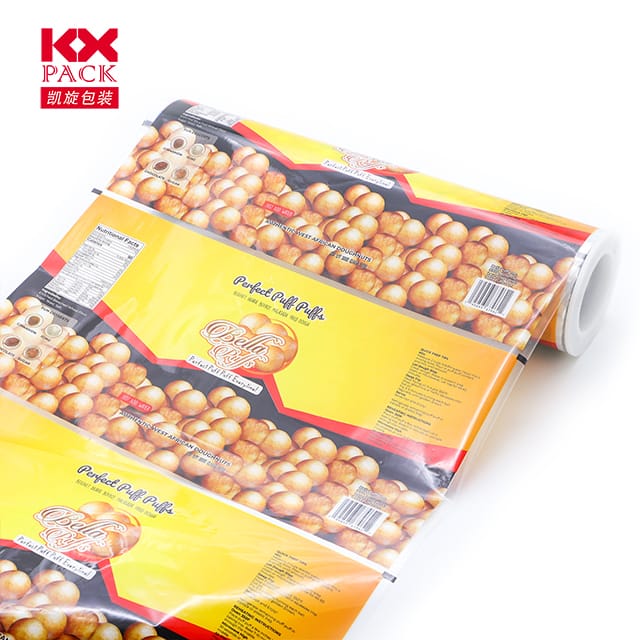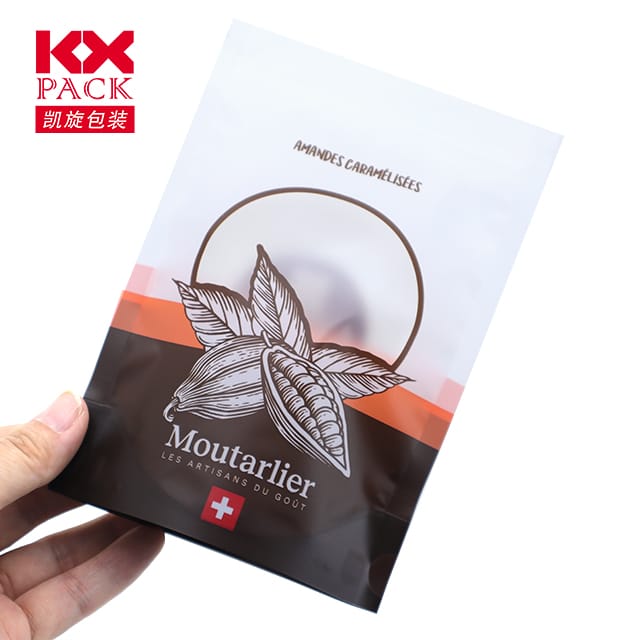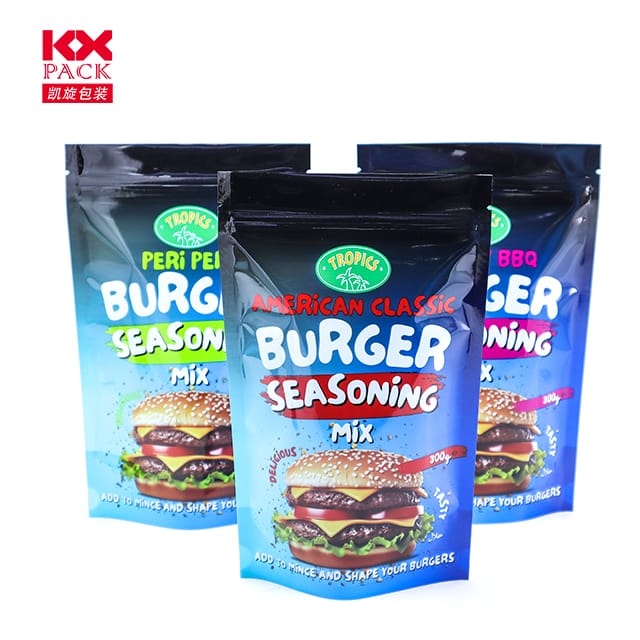The Double-Edged Sword of Plastic Film in Food Packaging: მოხერხებულობა vs. მდგრადობა
პლასტიკური ფილმი
In modern kitchens and supermarkets, plastic film for food–მკამურად ცნობილია როგორც cling wrap, შემოთავაზების შეფუთვა, or food wrap—has become a staple. მისი გამჭვირვალე, გაჭიმვა, and airtight properties make it ideal for preserving freshness, დაღვრის თავიდან აცილება, and wrapping leftovers. ჯერ, როგორც გარემოსდაცვითი შეშფოთება, this ubiquitous kitchen tool is facing scrutiny. Let’s explore the benefits, ნაკლოვანებები, and eco-friendly alternatives to plastic film in food storage.
1. Why Plastic Film Dominates Food Packaging
- Preservation Power: Plastic film creates an airtight seal, slowing oxidation and bacterial growth. This extends the shelf life of produce, meats, and cooked meals by days or even weeks.
- მრავალფეროვნება: From wrapping sandwiches to covering bowls, its flexibility allows it to conform to any shape.
- ხარჯების ეფექტურობა: A single roll costs just a few dollars and can last months, making it a budget-friendly choice for households and restaurants.
- ჰიგიენა: Transparent and disposable, it reduces cross-contamination risks compared to reusable containers that may not be cleaned thoroughly.
2. The Environmental Toll of Plastic Film
Despite its convenience, plastic film poses significant environmental challenges:
- არა ბიოდეგრადირებადი: Most plastic films are made from polyethylene (PE), a petroleum-based material that takes 500+ წლები დაშლა.
- მიკროპლასტიკური დაბინძურება: When discarded improperly, it fragments into microplastics that infiltrate soil, წყალსაცავი, and even human food chains.
- Recycling Barriers: Many curbside recycling programs don’t accept plastic film due to contamination risks. Only 4% of U.S. plastic wrap is recycled annually (EPA, 2021).
- Single-Use Culture: The average household uses 1,500 plastic bags/wraps yearly, most of which end up in landfills or oceans.
3. Eco-Friendly Alternatives to Plastic Film
კარგი ამბავი? Sustainable swaps are readily available:
ა. ფუტკრის ცვილის შეფუთვა
- მასალა: Cotton fabric coated in beeswax, ჯოჯობის ზეთი, და ხის ფისოვანი.
- სარგებელი: Reusable for up to a year, კომპოსტირებადი, and naturally antibacterial.
- Best For: Wrapping cheese, სენდვიჩები, or covering bowls.
- Drawback: Not vegan-friendly and melts near heat.
ბ. სილიკონის საკვების გადასაფარებლები
- მასალა: Food-grade silicone (a synthetic rubber).
- სარგებელი: Dishwasher-safe, reusable for years, და სითბოს მდგრადი (great for sous-vide cooking).
- Best For: Stretching over bowls, პერები, or half-cut produce.
- Drawback: More expensive upfront (10–20 per set).
C. მეორადი ქსოვილის გადასაფარებლები
- მასალა: Cotton or linen with a waterproof lining (მაგ., PUL fabric).
- სარგებელი: Machine-washable, customizable in size, and breathable for produce.
- Best For: Storing bread, herbs, or covering dough during rising.
დ. მინის ან უჟანგავი ფოლადის კონტეინერები
- სარგებელი: Airtight, leak-proof, and infinitely recyclable.
- Best For: Meal prepping, leftovers, and freezer storage.
4. How to Reduce Plastic Film Waste Today
Even if you’re not ready to ditch plastic film entirely, small changes can make a difference:
- Reuse: Wash and dry plastic wrap gently to reuse it 2–3 times.
- გადამუშავება უფლება: Check local programs for drop-off locations that accept plastic film (მაგ., grocery store bins).
- Buy in Bulk: Avoid pre-wrapped produce; bring reusable mesh bags to the store.
- DIY Alternatives: Use a damp paper towel to keep greens fresh or store leftovers in jars.
5. კვების შეფუთვის მომავალი
Innovations are emerging to bridge convenience and sustainability:
- საკვები ფილმები: Made from starch or seaweed, ამ შეფუთვების ჭამა ან კომპოსტირება შესაძლებელია.
- Plant-Based Plastics: Biodegradable films derived from corn or sugarcane are entering the market.
- ჭკვიანი შეფუთვა: Sensors embedded in films could soon detect food spoilage, ნარჩენების შემცირება.
საბოლოო აზრები: Balance Is Key
Plastic film’s role in food safety and preservation is undeniable, but its environmental impact demands action. By opting for reusable alternatives when possible and disposing of plastic responsibly, we can protect both our meals and the planet.
What’s your go-to plastic film alternative? Share your tips in the comments below—let’s inspire each other to make sustainable swaps! 🌍🥪
წყაროები: EPA, National Geographic, and sustainability blogs like Treehugger.







